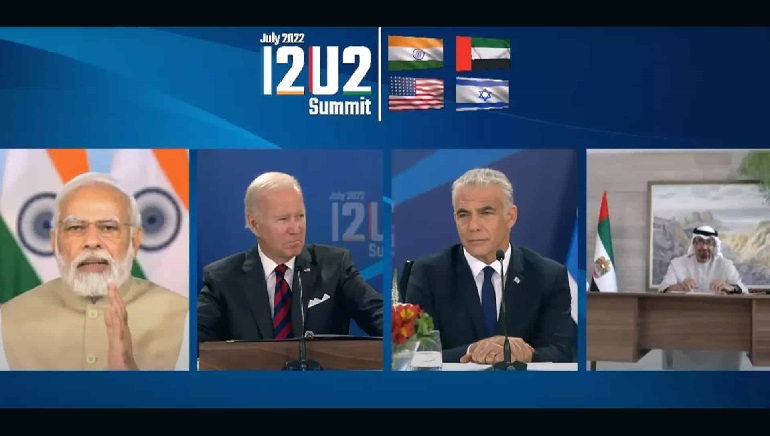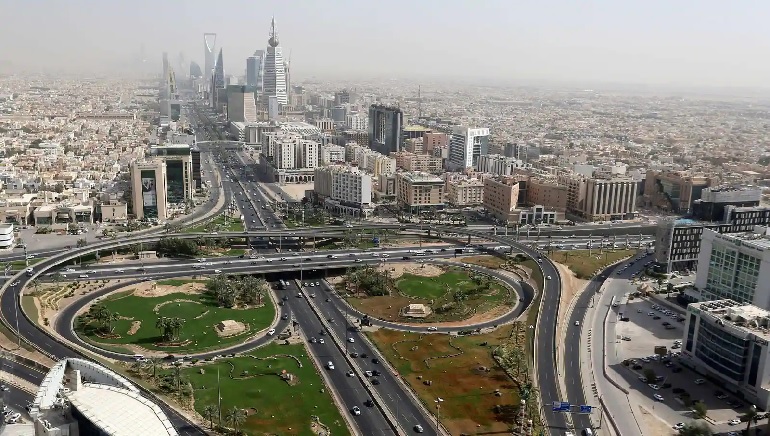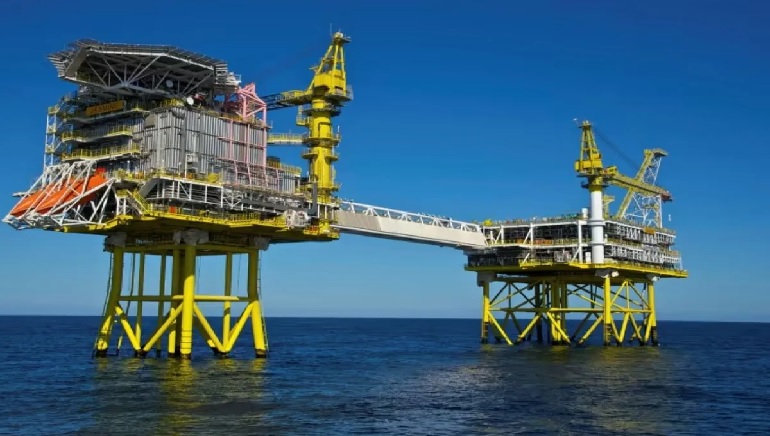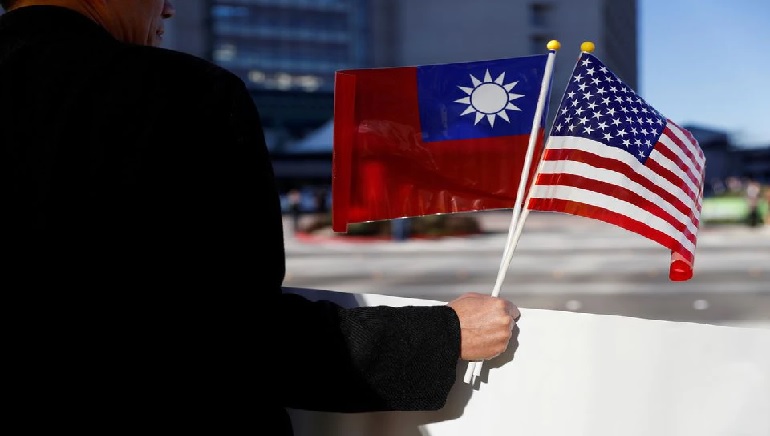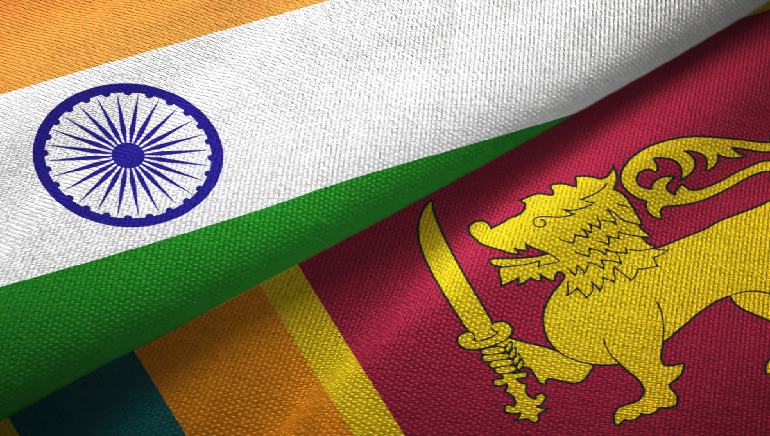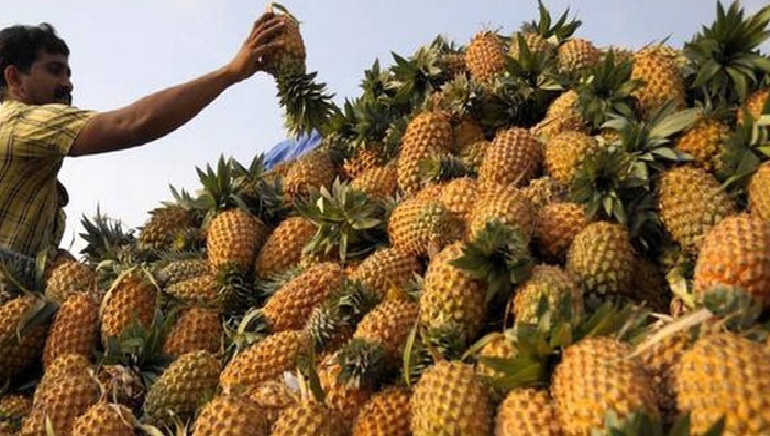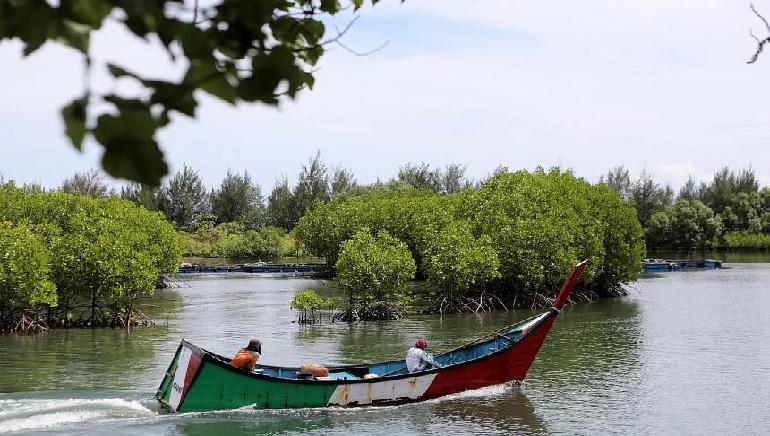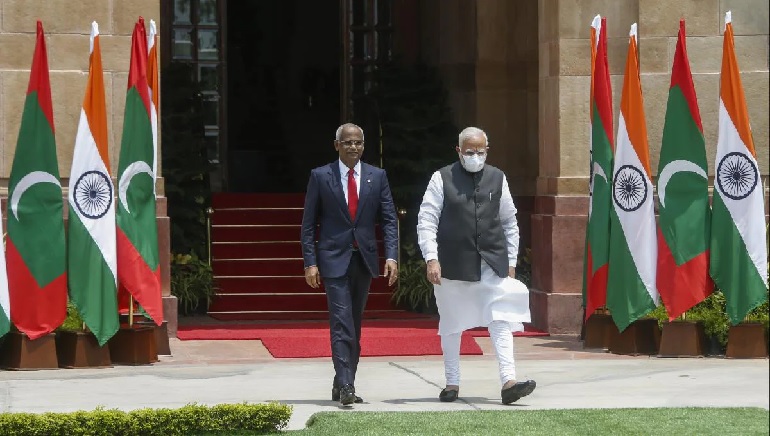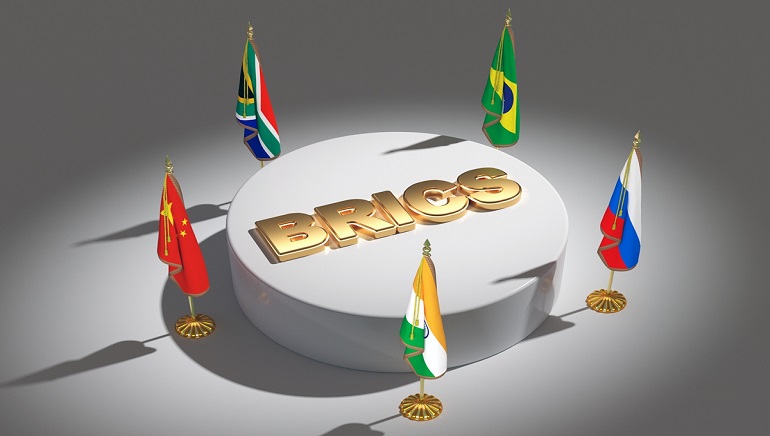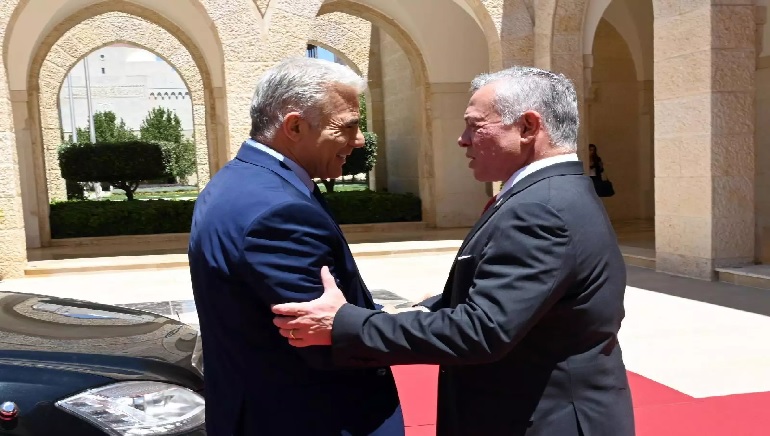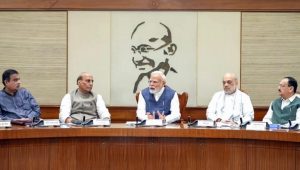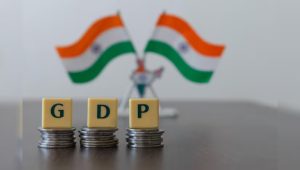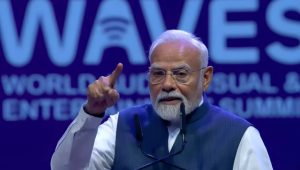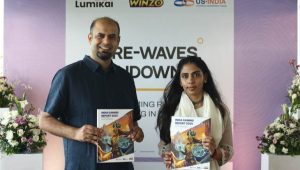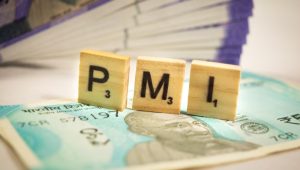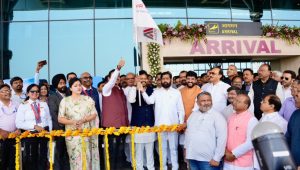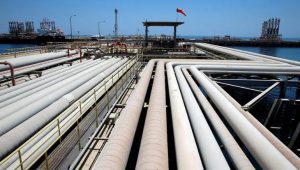India has said it will help reinforce peace and prosperity in the Middle East and is confident to contribute significantly to economic growth, food security, and energy in the region and South Asia, through the newly formed I2U2 grouping.
I2U2 comprises four countries India, Israel, the UAE, and the US. “I” stands for India and Israel and “U” for the US and UAE.
Prime Minister Narendra Modi attended the coalition’s first virtual summit on July 14, alongside US President Joe Biden, Israeli Premier Yair Lapid, and UAE President Mohammed bin Zayed Al Nahyan. Modi said the organization has constructed a positive plan of work and its framework is a good example of practical cooperation in the wake of increasing global unpredictability. The leaders agreed to augment joint investment in six important areas of water, energy, transport, space, and health and food security.
After the first virtual meeting, a joint statement said this “unique grouping of countries aims to harness the vibrancy of our societies and entrepreneurial spirit to tackle some of the greatest challenges confronting our world, with a particular focus on joint investments and new initiatives in water, energy, transportation, space, health, and food security”.





